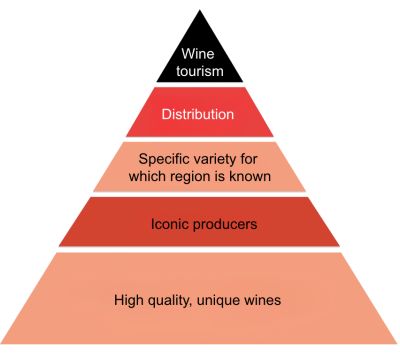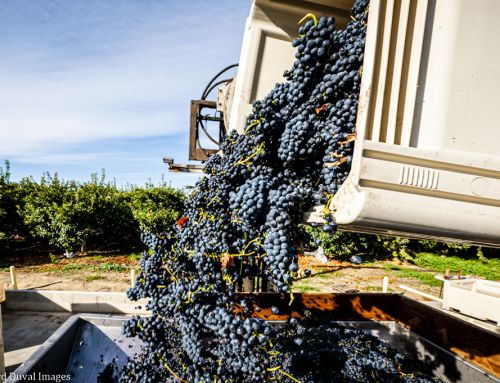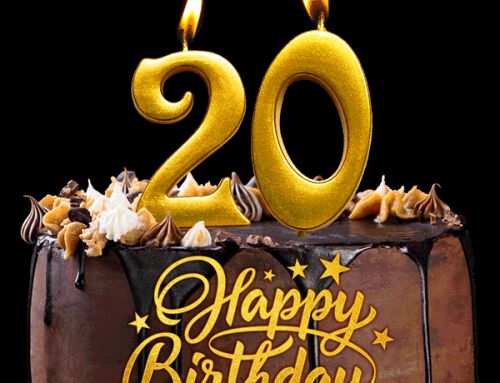
Relative importance not drawn to scale.
This is the first in a series of articles discussing appellations.
In my series “The Good, The Bad, and The Ugly” of Washington wine, I noted that too few appellations in Washington had distinguished themselves. Why is that?
To answer that question, let’s first look at what appellations need to be successful. Note that I am defining success as broad wine consumer awareness. There are generally speaking, in my opinion, five basic things.
1. The appellation makes high quality, unique wines.
The first distinguishing factor for appellations is the most important. An appellation needs to have high quality wines that are unique. No appellation is going to make a name for itself unless the wines stand out from others in terms of quality, style, and, perhaps in some cases, price.
One way appellations gain traction is from people who pay a lot of attention to wine (media, trade, some consumers) and who try the wines and get excited about them because the wines are high quality and are distinctive. They tell people and get other people excited, who get other people excited, and so on and so on.
Over time, that appellation gains “brand” awareness. Consumers seek out the wines out. People travel to the area to try the wines. Wine stores and restaurants make sure to have wines from these areas on hand, as consumers are looking for them. It all starts, however, with making high quality, distinctive wines.
2. The appellation has one or more iconic producers.
At least initially, an appellation growing its awareness typically involves one or more iconic producers. These are the wineries making wines that are considered benchmarks with consumers and with the trade. The wines are often of considerably higher quality than most wines from that region. They are “Wow!” wines that capture people’s attention and imagination.
3. The appellation has a specific variety or style for which the region is known.
If you look at any highly regarded wine region around the world, it is known for a particular variety or style. If I say Napa Valley, you say Cabernet Sauvignon. I say Willamette Valley; you say Pinot Noir. If I say Tuscany, you say Sangiovese. The list goes on.
The key is that there is generally one, maybe two, particular wines for the area to hang its hat on. This increases the ease of building brand awareness. Consumers know what to look for. Retailers and restaurateurs know which wines to stock. It’s easy to figure out where to put the wines on restaurant lists.
4. The appellation makes enough wine to get into national distribution.
Of course, for a region to gain broader awareness, people need to not just hear about the wines. They need to be able to find the wines easily.
This requires wines being at retail stores and on restaurant lists. To do this, there needs to be ample production and distribution. Cult wineries can thrive on scarcity. Appellations, however, require abundance to reach consumers and grow awareness.
5. The appellation has a significant amount of wine tourism.
If one looks at most wine regions in the U.S. or beyond that have a high level of name recognition with consumers, these areas don’t just have great wines. They are also regions that people like to visit and that have a robust tourism industry.
How often do you see wine lovers posting pictures from Napa, Tuscany, Bordeaux, Burgundy, and the like? In fact, part of the appeal of a bottle of wine is that one can vinously travel to a region. You can sip on a bottle of Chianti Classico while imagining yourself in a villa in Italy. Then, if you wish, you can actually go there.
It very much matters being able to travel to these areas. This is not to say that every great wine region of the world needs to be a wine tourism hotspot. But it is to say that it greatly aids recognition if there is a strong tourism component. It turbo-charges brand recognition and helps make the brand “sticky.”
* * *
Next up, I’ll look at how these factors tie into some of the issues Washington has had gaining better traction for many of its appellations.
Northwest Wine Report is wholly subscriber funded. The site currently has 80% of the minimum number of paid subscribers needed to continue publication. Please subscribe to support continued independent content and reviews on this site.
To receive articles via email, click here.







Sean, I always click when I see your byline.
I don’t always agree with your observations, but I always have to debate mine also.
I think item 2 is the most significant.
1990-1993 I was the winemaker producing the most WallaWalla county wines. In Spokane. I think the only winery in WallaWalla producing any significant amounts of WallaWalla wines was Woodward Canyon. The others of the founding three, Leonetti and LeEcole didn’t have many grapes from Walla Walla county till much later. Both used grapes from the Yakima Valley and what is now the Rattlesnake Hills AVA.x
Walla Walla became famous as a School of Winemaking. Not as a traditional AVA, but as a group of wineries making wine from grapes grown in other regions.
Leonetti has even produced wine from grapes grown in California.
I am in awe of the Figgin marketing ability. I frequently congratulate Marty on the acclaim Le Ecole generates. I think the folks at Woodward do a marvelous job.
Marketing. One of my many weaknesses.
Walla Walla has certainly generated fame as a wine region. Marketing, advertising, marketing, good wine.
Unique? Hmm? Don’t see that in WallaWalla
Specific cultivar? Hmm? Red?
We have the same issue in my neighborhood, we grow over 50 cultivars really well. I can’t find a small appellation that grows so many varieties.
Is diversity our strength or is it a weakness?
Who created this idea of one cultivar per AVA? Bordeaux now has 21 cultivars approved to be labeled as Bordeaux wine in any configuration.
How many in Chianti? Dang, trying to find that answer is daunting.
Keep up the work.
Hi Sean,
I agree with point #3. Because we do so many things well, Washington isn’t “known” for one specialty. I’ve often wondered if we just picked something, and leaned into marketing it, would visitors do the rest of the work for us by sharing their opinions about all the other things we do well? I want to be part of the solution on how to market WA wine to the world. Just haven’t quite figured it out….yet!